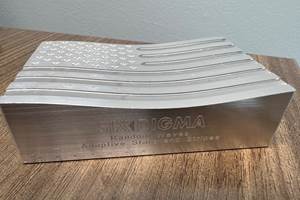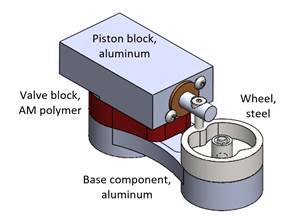There are three basic succession plan problems: Who will own the company, who will run the company and who will have control of the company? In the perfect succession plan, three different individuals might own, run and control the company.
Succession planning, however, does not have a one-size-fits-all solution. Who will ultimately own your company drives the exact terms of your plan. Consider the example of Joe, a family business owner who owns 100 percent of his business. Here are some common family situations that arise during succession planning:
1. Joe either has no children, or none of those working for the business (Success Co.) could run it. Of course, one of these business kids could own all or part of Success Co. if a professional manager ran the company.
2. Joe has only one child, Sam, who works for Success Co. Joe is confident that Sam could run the company.
3. Two or more children work for the business. Joe wants each of them to own an equal number of shares. This creates a special problem because there must be a clear leader (with voting control) to make the final business decisions.
To solve this problem, Joe creates voting stock (100 shares) and non-voting stock (10,000 shares). This is a tax-free transaction called recapitalization. As long as Joe is alive, he keeps the voting stock and has absolute control of Success Co. The non-voting stock goes to the business kids. When Joe goes to the big business in the sky, 51 shares of the voting stock (and control) go to Sam. Sam’s non-voting shares would be reduced by the exact number of extra voting shares he receives. Now all business children would be equal.
4. One child works for the business and one child does not. Joe wants the stock of Success Co. to go to only the business child. The non-business child will receive other assets owned by Joe. Often, there are not enough other assets to treat the other child equally. Second-to-die life insurance will help in this situation. It will make things equal for the two children.
The Tax Problems
The tax cost of the wrong succession plan is a never-ending, expensive nightmare. Let’s run the numbers: Joe sells Success Co. for $1 million to Sam. Assume the tax rates are 40 percent for income tax and 50 percent for estate tax. You can be sure the geniuses in Washington will change the rates, which will alter the tax computation a bit, but the concept (as well as the lousy tax results) will remain the same.
Suppose Joe’s tax basis for Success Co. is zero. Sam must earn $1.7 million to pay $700,000 in income tax and $1 million to Joe. With the top capital gains tax rate at 15 percent, Joe must pay the tax collector $150,000. He is left with $850,000. So, Sam must earn $1.7 million, and Joe will be left with only $850,000. Outrageous!
How to Perfect Your Succession Plan
It’s actually a two-step process. To make things easy, let’s say the value of your business is $1 million.
Step 1: Recapitalize Success Co. so you have 100 shares of voting stock and 10,000 shares of non-voting stock. Under the tax law, the non-voting stock is entitled to a series of discounts that total 40 percent. This makes the value of Success Co. only $600,000 for tax purposes.
Step 2: Sell your non-voting stock to an intentionally defective trust (IDT) for $600,000. The trust pays you in full with a $600,000 note, plus interest. An IDT is the same as any other irrevocable trust, with one big difference: The trust is not recognized for income-tax purposes. So every penny you receive is tax free until the note is paid—no capital gains tax on the $600,000 note payments and no income tax on the interest income you receive. The cash flow of Success Co. is used to pay off the note, plus interest.
Two more points that make an IDT shine:
1. Remember the example in which Sam must earn $1.7 million to pay $1 million for Success Co.? Well, using an IDT, Sam does not pay even one cent to acquire the shares. The cash flow of Success Co. is used to make all payments.
2. Suppose Joe needs life insurance. A portion of Success Co.’s cash flow received by the IDT can be used to pay the premiums. As a result, Joe can buy life insurance without ever writing a personal check to pay premiums. The policy can be on Joe’s life only or second-to-die (with his wife).
Final Thoughts
An IDT can be used to transfer Success Co. to more than one child. It can also be used to transfer the company to one or more employees.
Warning: Every possible use of an IDT in succession planning is not covered in this article, nor is every nuance, tax trap or exception. Be sure to talk with your tax professional.
























